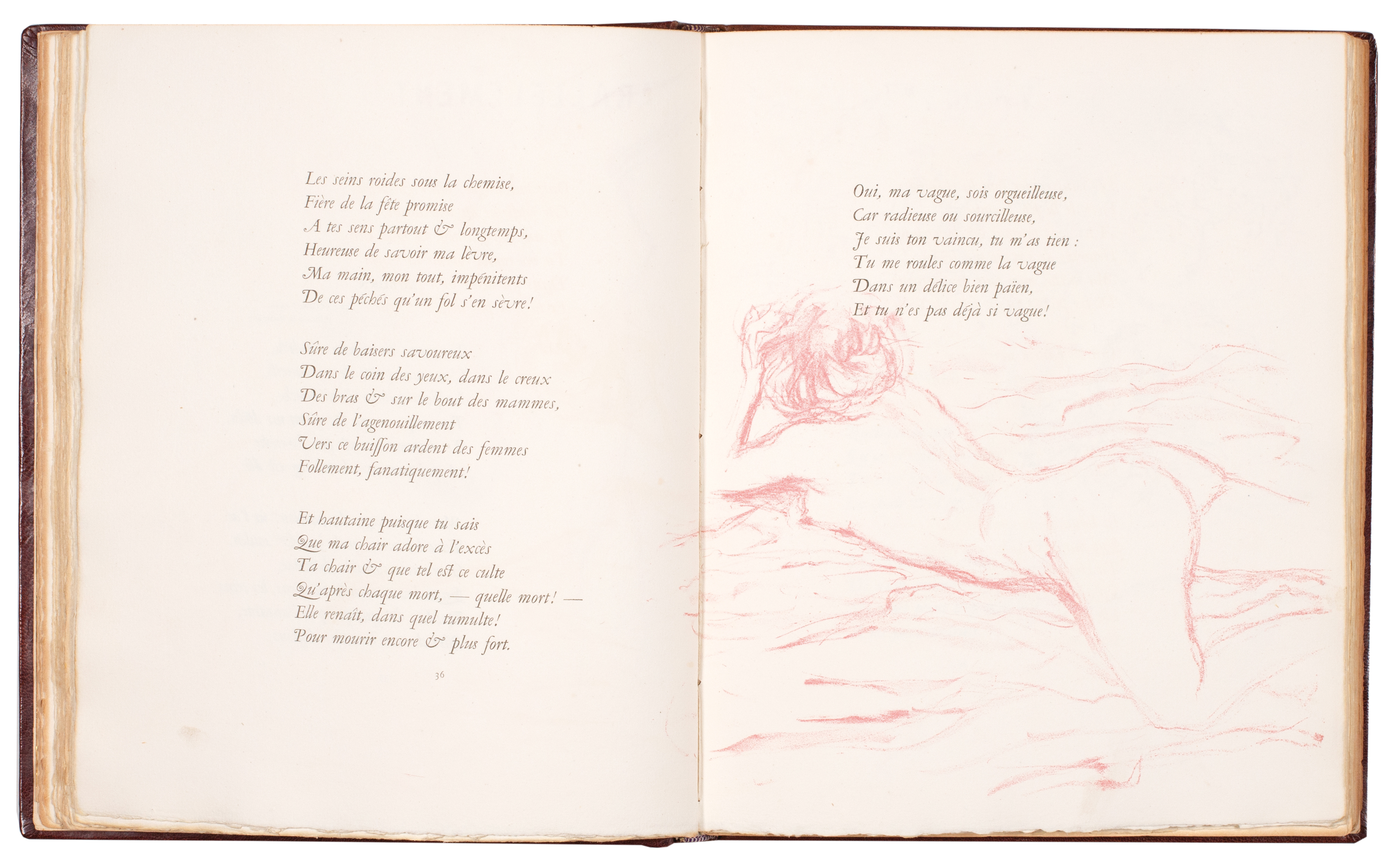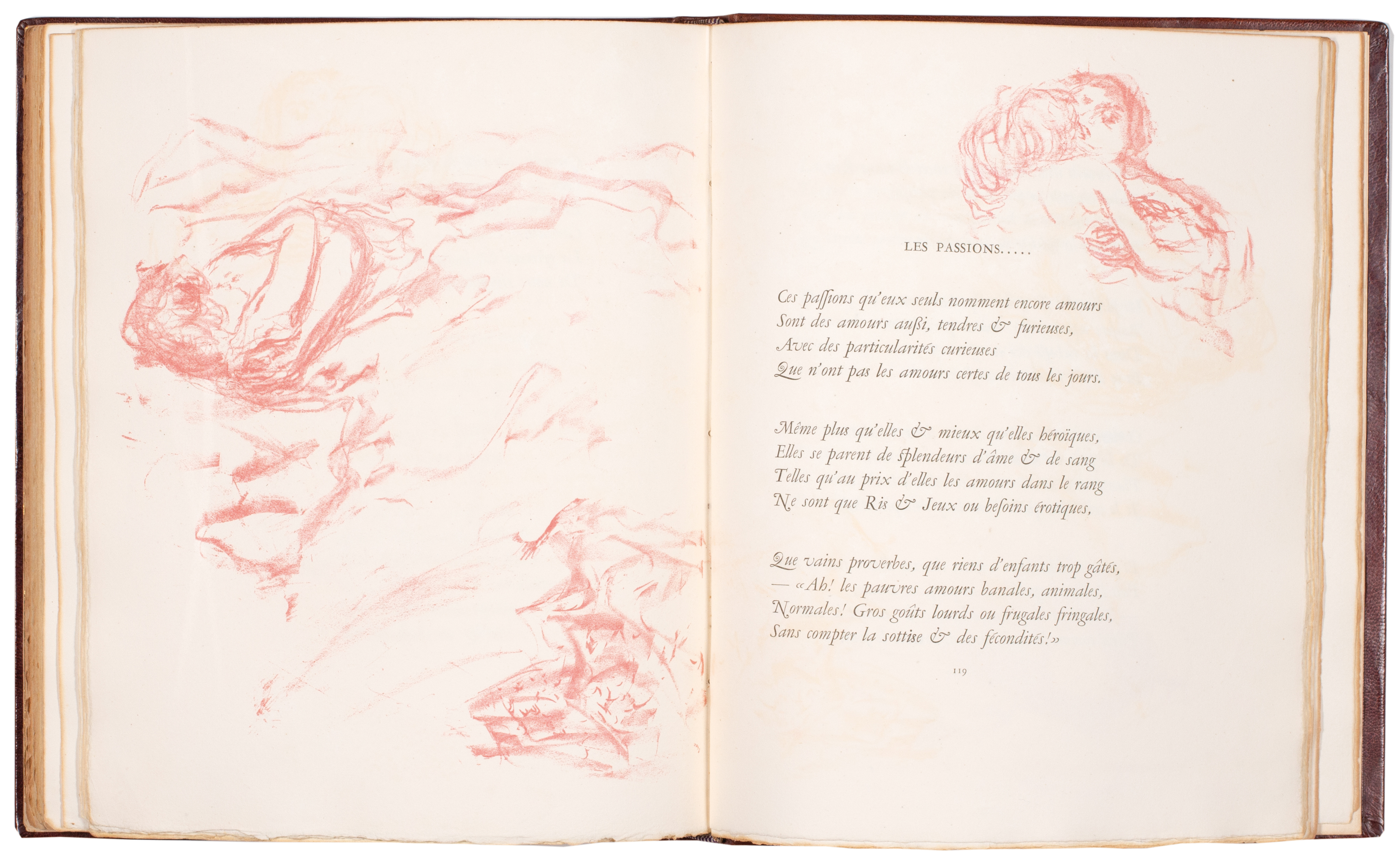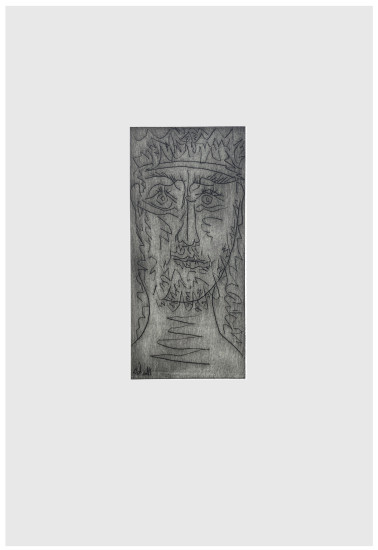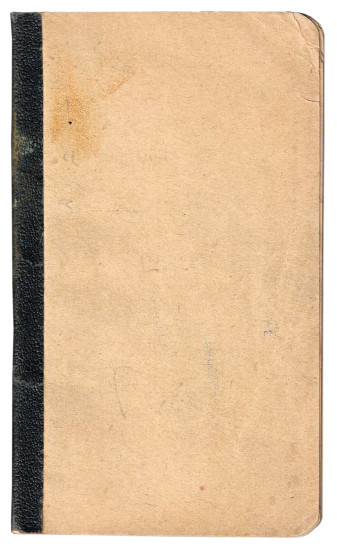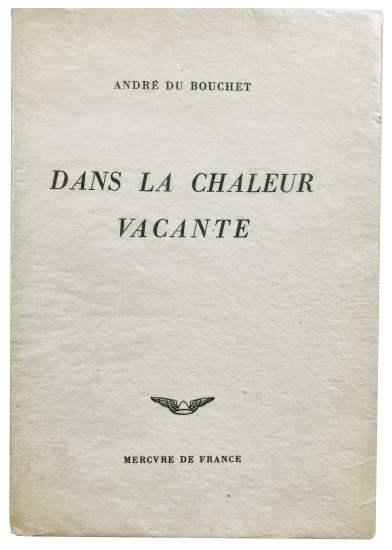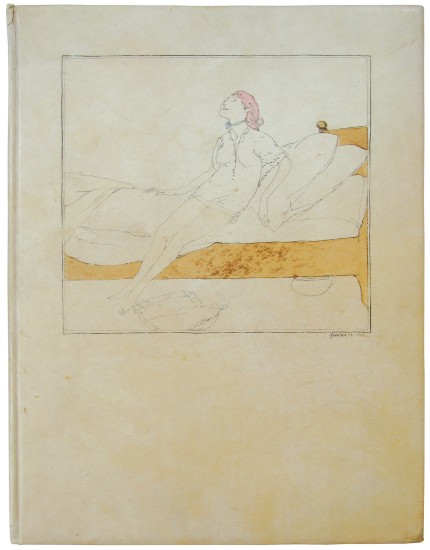Parallèlement
Bonnard, Pierre. Verlaine, P[aul]
Paris. Imprimerie Nationale / Ambroise Vollard Editeur. 1900
The ground-breaking 'Parallèlement', Ambroise Vollard's first book, Verlaine's verse illustrated with Pierre Bonnard's delicate rose lithographs.
From the edition limited to 200 numbered copies, with this one of 170 on vélin de Hollande.
This copy was issued with the second version of the wrapper and title, with the vignette of the Imprimerie Nationale replaced with a vignette by Bonnard himself for each, after the privilège was withdrawn on the discovery that 'Parallèlement' was libidinous and erotic verse by a decadent Symbolist and not, as had been thought, a mathematical text. The initial privilège granted to the book was printed on the verso of an initial leaf and was replaced after its withdrawal with an original lithograph by Bonnard printed in a slightly darker colour than the lithographs that illustrate the text.
'An epoch-making book ...'. (The Artist & the Book 1860 - 1960).
'Le modernité de Bonnard y est mise en opposition à la typographie, utilisant un caractère d'imprimerie ancien, le Garamond roman de 1540. Le vélin de Hollande, papier préféré de Vollard avant qu'il ne découvre plus tard le Montval, fut spécialement filigrané au titre du livre ...Bonnard choisit le ton rose des lithographies dont le tirage fut réalisé par Clot ... Il existe deux couvertures et deux pages de titre, selon une histoire répandue par Vollard pour remplacer la vignette de l'Imprimerie Nationale par un dessin de Bonnard reproduit, en raison de l'opposition de milieux officiels de la République de voir le nom de l'Imprimerie Nationale associé d'un recueil 'licencieux' ... Le seul véritabel écho dans la presse fut celui d'Alfred Jarry dans la 'Revue Blanche' le 15.2.1901: ' ... nulles rêveries, fussent-elles d'un bibliophile, ne suggèraient la beauté et la grâce qui réalisent les lithographies de Bonnard. Ses crayonnages légers dans les marges semblent les propres fantômes qui s'évoquent des rythmes à mesure de la lecture, assez diaphanes pour ne point empêcher de lire. C'est la première illustration que l'on publie, qui soit tout à fait adaptée à un livre de vers'.' (De Parallèlement à Chanson Complète).
'It is hardly surprising that Ambroise Vollard thought of Bonnard to illustrate Verlaine's Parallèlement. He knew already the artist's drawings for Marie; and he had seen the painting Indolence, a drawing of which is actually included in this work ... Bonnard invented a very free style of composition to complement Verlaine's poems; the lithographs stray into and around the verses themselves and curve out again into the margins, voluptuous and tender images whose powers of suggestion miraculously enhance the poet's art.' (Pierre Bonnard, Gallimard).
'Vollard who was the friend of all the best painters of his day, spared nothing in his efforts to publish Verlaine's Parallèlement in a magnificent edition: an imposing format, impressive lithographs, the large and elegant Garamond italic type, recently recast by the Imprimerie Nationale; and finally, the prominent role played by the illustrations. On each page, the tender and sensual lithographs ... overflow their bounderies and pour into the margins, pink as the early light of morning, marking indelibly the dawn of the twentieth century in the history of the printed book.' (Guignard, Le Livre, 1942).
[see 'De Parallèlement à Chanson Complète', pp. 15 - 21; From Manet to Hockney 17; Logan 11; The Artist & the Book 27; Castleman pp. 86 - 87].
From the edition limited to 200 numbered copies, with this one of 170 on vélin de Hollande.
This copy was issued with the second version of the wrapper and title, with the vignette of the Imprimerie Nationale replaced with a vignette by Bonnard himself for each, after the privilège was withdrawn on the discovery that 'Parallèlement' was libidinous and erotic verse by a decadent Symbolist and not, as had been thought, a mathematical text. The initial privilège granted to the book was printed on the verso of an initial leaf and was replaced after its withdrawal with an original lithograph by Bonnard printed in a slightly darker colour than the lithographs that illustrate the text.
'An epoch-making book ...'. (The Artist & the Book 1860 - 1960).
'Le modernité de Bonnard y est mise en opposition à la typographie, utilisant un caractère d'imprimerie ancien, le Garamond roman de 1540. Le vélin de Hollande, papier préféré de Vollard avant qu'il ne découvre plus tard le Montval, fut spécialement filigrané au titre du livre ...Bonnard choisit le ton rose des lithographies dont le tirage fut réalisé par Clot ... Il existe deux couvertures et deux pages de titre, selon une histoire répandue par Vollard pour remplacer la vignette de l'Imprimerie Nationale par un dessin de Bonnard reproduit, en raison de l'opposition de milieux officiels de la République de voir le nom de l'Imprimerie Nationale associé d'un recueil 'licencieux' ... Le seul véritabel écho dans la presse fut celui d'Alfred Jarry dans la 'Revue Blanche' le 15.2.1901: ' ... nulles rêveries, fussent-elles d'un bibliophile, ne suggèraient la beauté et la grâce qui réalisent les lithographies de Bonnard. Ses crayonnages légers dans les marges semblent les propres fantômes qui s'évoquent des rythmes à mesure de la lecture, assez diaphanes pour ne point empêcher de lire. C'est la première illustration que l'on publie, qui soit tout à fait adaptée à un livre de vers'.' (De Parallèlement à Chanson Complète).
'It is hardly surprising that Ambroise Vollard thought of Bonnard to illustrate Verlaine's Parallèlement. He knew already the artist's drawings for Marie; and he had seen the painting Indolence, a drawing of which is actually included in this work ... Bonnard invented a very free style of composition to complement Verlaine's poems; the lithographs stray into and around the verses themselves and curve out again into the margins, voluptuous and tender images whose powers of suggestion miraculously enhance the poet's art.' (Pierre Bonnard, Gallimard).
'Vollard who was the friend of all the best painters of his day, spared nothing in his efforts to publish Verlaine's Parallèlement in a magnificent edition: an imposing format, impressive lithographs, the large and elegant Garamond italic type, recently recast by the Imprimerie Nationale; and finally, the prominent role played by the illustrations. On each page, the tender and sensual lithographs ... overflow their bounderies and pour into the margins, pink as the early light of morning, marking indelibly the dawn of the twentieth century in the history of the printed book.' (Guignard, Le Livre, 1942).
[see 'De Parallèlement à Chanson Complète', pp. 15 - 21; From Manet to Hockney 17; Logan 11; The Artist & the Book 27; Castleman pp. 86 - 87].
[74 leaves; pp. (vi), 139, (iii)]. Small folio. (308 x 256 mm). Leaf with frontispiece verso, half title with justification verso, title with vignette by Bonnard (matching that ofr the wrapper) and vignette verso, and Verlaine's verse illustrated with 109 original lithographs by Bonnard printed in rose and 9 wood-cut vignettes after Bonnard printed in black, two leaves with 'Table des Matières' and final leaf with achevé d'imprimer Full burgundy crushed morocco, decorative tooled border in gilt to front cover, matching border in blind to rear, banded spine with gilt title in six compartments, original front wrapper preserved, morocco-edged marbled board slipcase.
#48573
